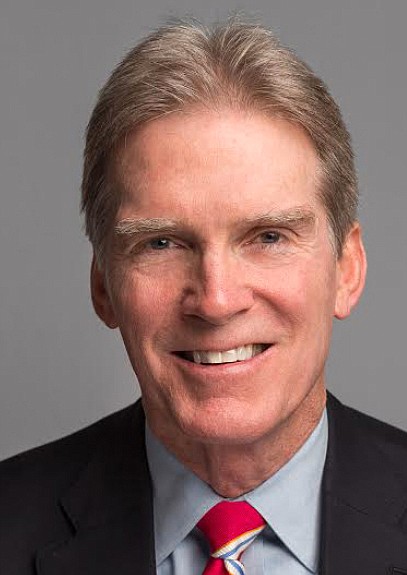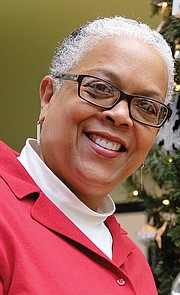Nonprofit regional partnership works to tackle housing affordability issues
Jeremy M. Lazarus | 1/17/2020, 6 a.m.
Soaring housing costs are leaving tens of thousands of families across the Richmond region hard-pressed to pay the rent or purchase a residence.
Richmond’s reputation as a national leader in evictions reflects one of the area’s major challenges: Affordable housing.
Data show one in every three households in the Richmond area is burdened in paying more than 30 percent of income to cover housing costs, including rent or a mortgage, utilities and insurance.
And one in 10 households is paying 50 percent or more of their income to keep a roof over their head, the data note.
In Richmond alone, more than 38,000 households are burdened by housing costs, including 56 percent of renters and 36 percent of homeowners.
In a bid to meet the challenge, the nonprofit Partnership for Affordable Housing on Wednesday rolled out the Richmond Regional Housing Framework to provide a roadmap to guide policymakers to improve housing affordability.
The result of more than 18 months of work by a volunteer group of public and private participants, the framework spotlights six goals and a host of policies to address current and future affordable housing needs of residents in the region’s major population centers — Richmond, Ashland and Chesterfield, Hanover and Henrico counties.
None are exempt from the affordability challenge. More than 25 percent of residents in each jurisdiction already are burdened by housing costs, according to the partnership, which includes representatives of local governments, business groups and housing advocates.
“What we are presenting is a solutions-oriented plan for meeting the need for affordable housing across the area,” said Elizabeth H. Greenfield, executive director of the partnership and a vice president of the Richmond Association of Realtors, which launched the partnership in 2004.
“Everyone deserves a safe, healthy and affordable place to call home,” said Jim Napier, a real estate broker who chairs the partnership’s board.
Mr. Napier called the framework a way to “work together to make this a reality.”
The six goals include preserving existing affordable housing and adding more; increasing homeownership opportunities for low- and moderate-income households; and expanding housing choices for lower income groups.
The list also includes ensuring appropriate, affordable housing for the growing population of those reaching retirement age and the disabled; improving housing quality; and increasing housing stability.
Ms. Greenfield said the framework also includes policy recommendations for each locality to consider, including taking action to preserve and upgrade the more than 11,000 units of affordable housing that already exist in the five jurisdictions, including public housing in the city.
The majority of the units are 40 to 60 years old, according to the data, and are reaching the end of their functional lifespan, requiring new investment.
The partnership also is calling for changes in zoning laws to make it easier to develop lower-priced housing, creation of a regional center to assist homebuyers and expansion of government-supported affordable housing trust funds to help finance projects.
Other ideas include finding ways to spur production of smaller homes with lower price tags, expansion of tax-relief programs for the elderly and increased use of community land banks and trusts as development tools.
“It’s a mix of strategies,” said Greta J. Harris, president and chief executive officer of the nonprofit Better Housing Coalition, one of the area’s major players in operating and developing affordable rentals and homes.
She said the good news is that all of the localities have been supportive of the partnership’s work and have a serious interest in the policy ideas, although she expects it to take time for governing bodies to adopt some or all of the proposals.
“We are committed to working with local leaders and residents to create tangible changes and to gain support for a broad mix of housing options,” Ms. Greenfield said.
She indicated that the region is projected to need 30,000 to
40,000 new units of affordable housing in the next 10 years for seniors and younger families, although it remains a question whether such a large expansion can be accomplished.
Whatever happens, the continuing effort to push affordable housing is worth it, Ms. Harris said. “Stable housing is critical to quality of life,” she said. “It is connected to positive outcomes in health, education and every other aspect.”
In addition, she said, “If our region is to remain competi- tive, we need to have housing options available for people of all incomes.”








